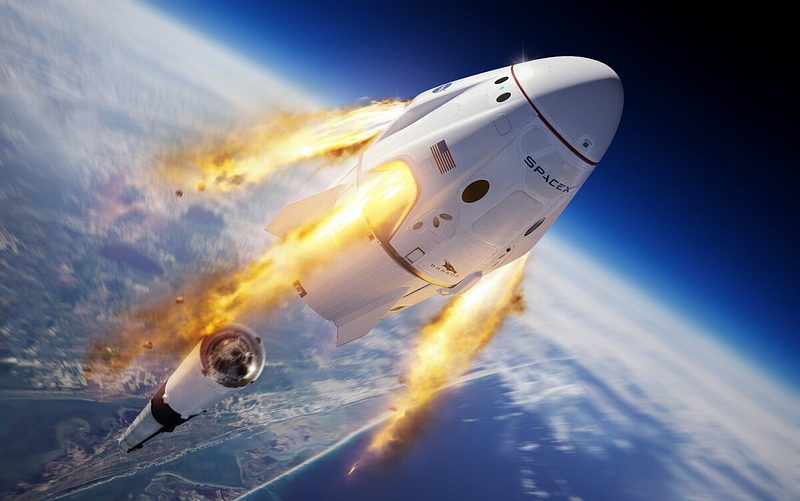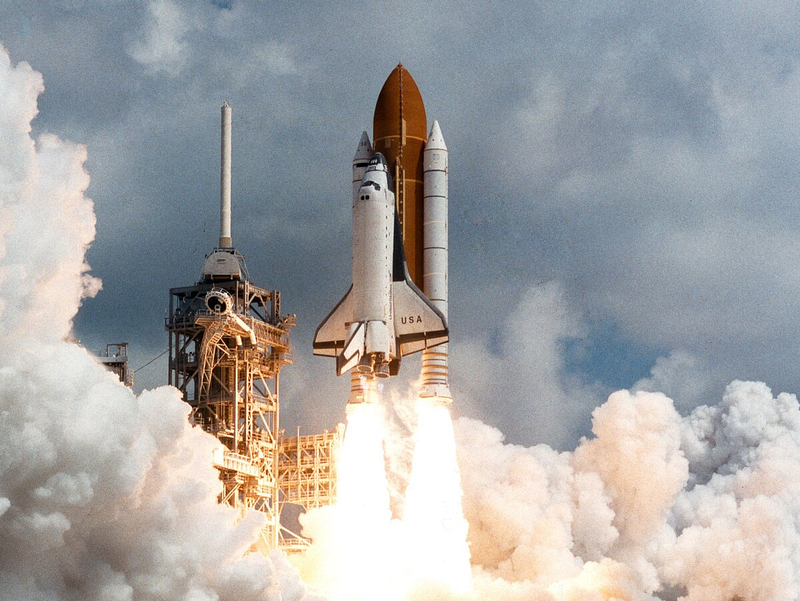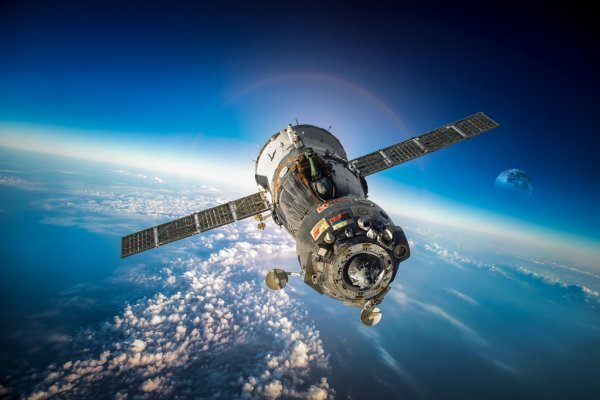The Impact of Crew Dragon on Roscosmos: A Competitive Analysis
Written on
Chapter 1: The Rise of Crew Dragon
It has been over four years since the Crew Dragon spacecraft made its inaugural docking with the International Space Station (ISS). As the initial excitement has faded, missions involving the Endeavour and Resilience models are becoming routine. This shift raises important questions about the implications for Roscosmos and the broader field of Russian space exploration. Let's delve into this topic.

Why Did the U.S. Develop Crew Dragon?
In 2011, the United States officially retired its Space Shuttle program. This decision stemmed from various factors, including soaring operational costs, declining public support following the Columbia disaster, and the shuttles' outdated technology, which would have required prohibitively expensive upgrades. Consequently, NASA aimed to transition to disposable spacecraft akin to the Russian Soyuz. However, plans for further development were halted that same year.
This left the U.S. without a domestic means to transport astronauts to orbit, effectively handing Roscosmos a monopoly on crewed spaceflight. The U.S. was compelled to pay Roscosmos substantial fees for each astronaut launched to the ISS, with recent costs reaching approximately $55.7 million per seat.

Naturally, this situation was untenable for the U.S. The financial burden was heavy, and each flight required negotiations with Roscosmos. In response, the U.S. accelerated its own crewed spacecraft initiatives, particularly as diplomatic relations between the two countries deteriorated.
The result was the development of the Crew Dragon spacecraft. For a deeper understanding of its features compared to the Russian Soyuz, you can explore our dedicated article: What fundamentally distinguishes “Crew Dragon” from “Soyuz”?

The Effect of Crew Dragon on Russian Spaceflight
The introduction of Crew Dragon has immediate financial implications for Roscosmos, which risks losing hundreds of millions of dollars annually. This decline could lead to underfunding in various projects, ultimately stalling their development. Currently, a seat on Crew Dragon costs around $55 million, only slightly less than a Soyuz seat. However, with the Crew Dragon's capacity for three astronauts, the cost differential does amount to approximately $2.1 million. As Crew Dragon technology advances and additional spacecraft are developed, prices are expected to drop, although inflation could counterbalance these decreases.
Consequently, Roscosmos now faces a formidable competitor that could potentially monopolize the market for manned spaceflights, resulting in significant financial repercussions.

One of Crew Dragon's most notable advantages over Soyuz is its enhanced payload capacity, allowing it to transport six times more cargo to orbit and return up to 3.5 tons from space. This capability could eliminate the need for cargo missions using Soyuz, further straining Roscosmos's budget and increasing its reliance on government funding.
Ultimately, Roscosmos could be entirely sidelined in the manned spaceflight market, relegated to launching missions solely for Russian cosmonauts. If the cost of flights on Crew Dragon remains competitive, Russia might even consider purchasing seats on American spacecraft for its own astronauts.
In this video, we explore how SpaceX's Dragon spacecraft safely returns to Earth from orbit, detailing its re-entry and landing processes.
This video discusses how the SpaceX Crew Dragon has outperformed the Soyuz and Starliner, reshaping the landscape of crewed spaceflight.
Join us for more articles about space exploration by subscribing to our channel and feel free to ask any questions you may have for future discussions!